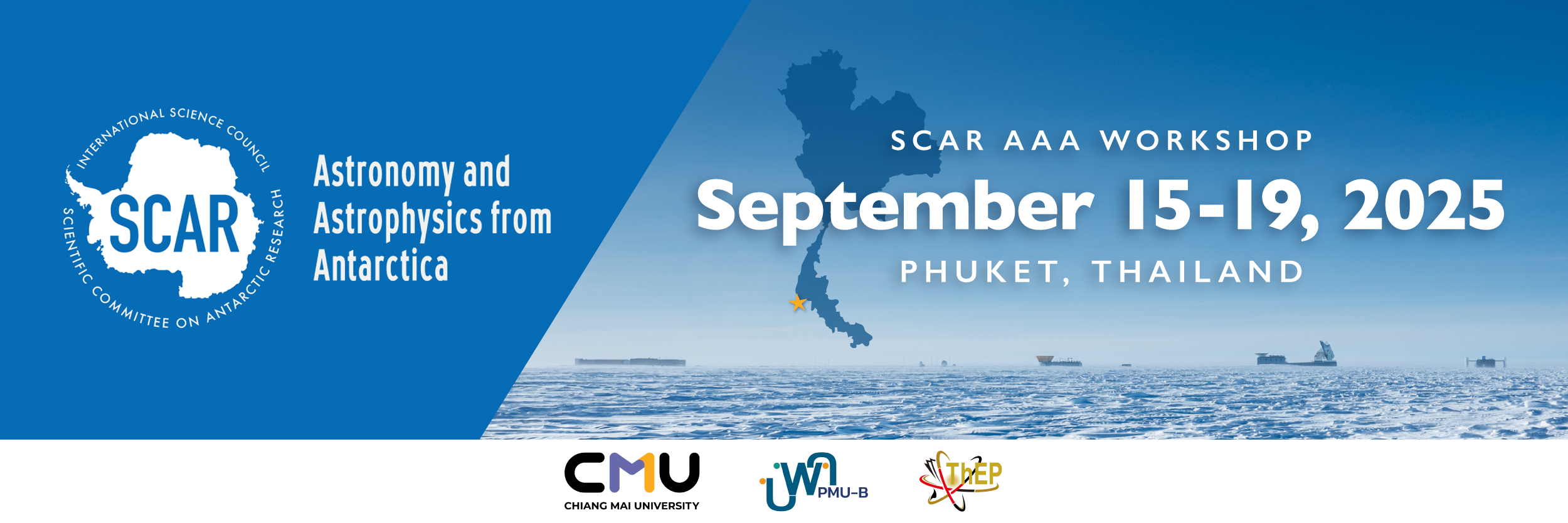Speaker
Description
In light of the available evidence, Dome A is known as one of the best ground-based observatory sites in the world. In order to leverage the advantages offered by the atmospheric boundary layer, which has an average height of 13.9 meters, for enhanced observation capabilities, a tower is to be constructed with a height of 15 meters above ground level to elevate the telescope. Nevertheless, the particular geographical positioning of Dome A and the harsh climatic conditions that prevail on the site necessitated the overcoming of significant transportation and construction challenges in order to build the tower on the 3000 meters weak snow foundation. To ensure that the tower meets the requisite precision conditions for telescope observation, it is essential to design and optimize the strength structure of the tower in accordance with the permissible value of foundation bearing pressure. In this paper, the strength of the snow foundation was gauged and analyzed by field experiment, and the RMS value of foundation strength was 1.962 𝑀𝑃𝑎. Based on the analysis, a tower is designed and optimize to satisfy the requirements of a 2m-class telescope including the stiffness and the displacement of the top under a wind speed of 10 𝑚·𝑠-1. After optimizing the tower structure, the maximum stress of the tower is 16.703𝑀𝑃𝑎, and the maximum stress of the snow foundation is only 0.047𝑀𝑃𝑎. A line pressure is applied on the tower to simulate 10 𝑚·𝑠-1 wind pressure, which carries out a result that the maximum displacement is the angle in the direction, with a magnitude of 0.04″. The analyses presented in this paper show the result can meet the requirement of telescope observation, which also help to inform the future use of the large-scale, high-precision telescopes and other large-scale equipment at Dome A.

